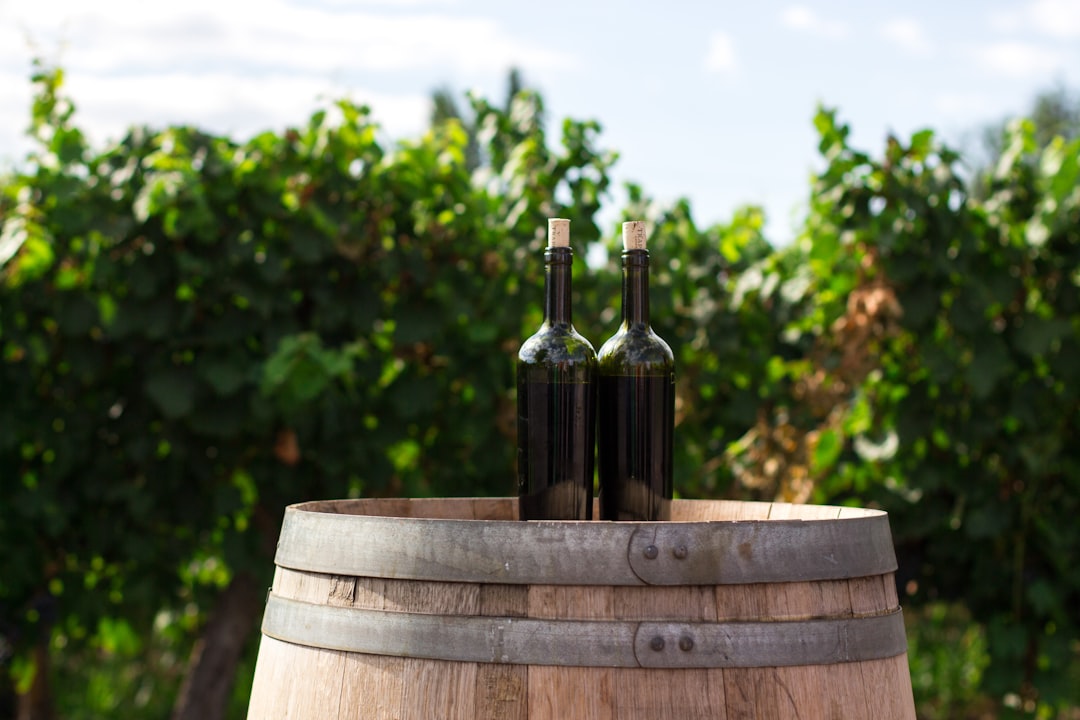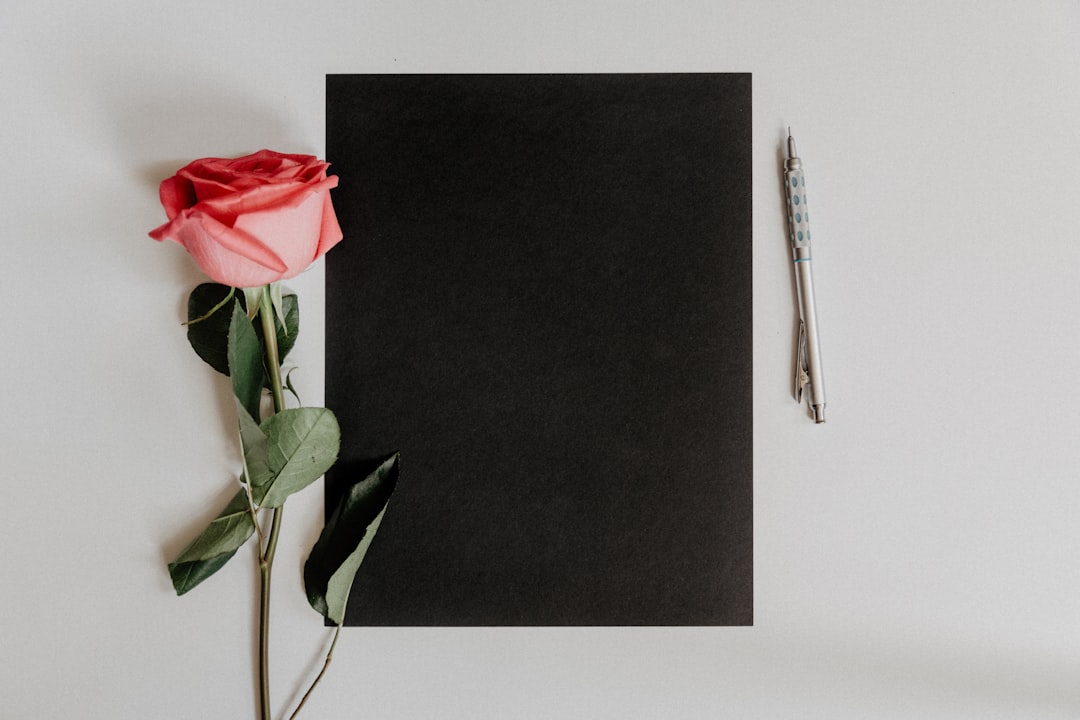Step into the world of classical Persian poetry, and you’ll find yourself surrounded by fragrant gardens, moonlit nights, divine longing—and a trio of ever-present companions: wine, roses, and nightingales. These are not just pretty images or romantic flourishes. In the hands of Persian poets like Hafez, Rumi, and Saadi, these symbols form a rich and layered language—a code of emotion, spirituality, and truth.
So what do they really mean? Let’s uncork a little poetry and wander through the symbolic garden of Persian verse.
🍷 The Wine: Ecstasy, Truth, and Rebellion
In classical Persian poetry, wine (mey/شراب) flows through countless verses. But it’s rarely just about alcohol. While some poets certainly enjoyed their drink, the wine in Persian poetry usually symbolizes something deeper—mystical intoxication, divine love, or even freedom from religious dogma.
For Sufi poets like Rumi and Hafez, wine represents a state of spiritual ecstasy—a breaking of the ego and a taste of the eternal. It's the moment when the soul forgets the self and becomes one with the beloved (often a metaphor for God).
Wine also becomes a form of rebellion against rigid social or religious structures. The poet may toast to love, beauty, or joy in defiance of hypocrisy and piety.
“Bring me the wine, for the preacher’s sermon leaves me cold.”
– Hafez
Wine is truth. Wine is love. Wine is surrender.
🌹 The Rose: Beauty, Ephemerality, and the Beloved
No Persian garden—real or poetic—is complete without the rose (gol/گل). It is the eternal symbol of the beloved, whether human or divine. Its petals are soft, its scent intoxicating, its thorns painful—a perfect metaphor for love itself.
The rose often appears alongside the nightingale, forming one of Persian poetry’s most beloved pairings. But on its own, the rose reminds the reader of the fleeting nature of beauty and life. It blooms briefly and fades, just as youth and joy do.
“The spring rose has blossomed—but so too have the thorns of fate.”
– Saadi
Sometimes, the rose is unattainable. Sometimes, it’s cruel. But always, it is radiant and unforgettable.
🐦 The Nightingale: The Lover’s Voice
If the rose is the beloved, the nightingale (bolbol/بلبل) is the lover—passionate, devoted, and doomed to suffer. This little bird, known for its soulful song, represents the poet’s own heart crying out for love.
The nightingale sings to the rose, often receiving nothing in return. This dynamic echoes the longing and unfulfilled desire found in so much Persian verse.
“The nightingale sings, though the rose never replies.”
– Classical metaphor
But the nightingale’s suffering is not in vain—it becomes art, poetry, beauty. It’s the bittersweet essence of love itself.
The Symbolic Trio: Together in the Garden
What makes Persian poetry so powerful is how these three symbols—wine, rose, and nightingale—intertwine. They are not just pretty images. They tell a story:
-
The nightingale sings of love and pain.
-
The rose sits in silence, proud and delicate.
-
The wine offers escape, joy, or divine vision.
These symbols speak to both worldly love and mystical union, depending on the context and the reader. In the Sufi tradition, all three can be seen as metaphors for the soul’s journey toward the divine.
Why These Symbols Still Matter
Even today, Persian speakers quote verses filled with roses and wine. These symbols are living parts of the culture—used in music, art, and everyday expressions. And because they tap into universal emotions—longing, love, beauty, and transcendence—they resonate far beyond Iran or the Persian-speaking world.
They invite us to slow down, feel more deeply, and look for the hidden truths in what seems simple.
Final Thoughts
In the lush landscape of Persian poetry, nothing is ever just what it seems. A glass of wine might be a divine revelation. A rose might be the universe’s most painful lesson. And a nightingale’s song might be your own soul calling you home.
So the next time you encounter these symbols—whether in a line of Rumi, a ghazal of Hafez, or a whispered Persian love song—pause. Listen. There’s a world within the words.
Would you like to explore a poem that brings all three symbols together? I’d be happy to walk through one with you.





